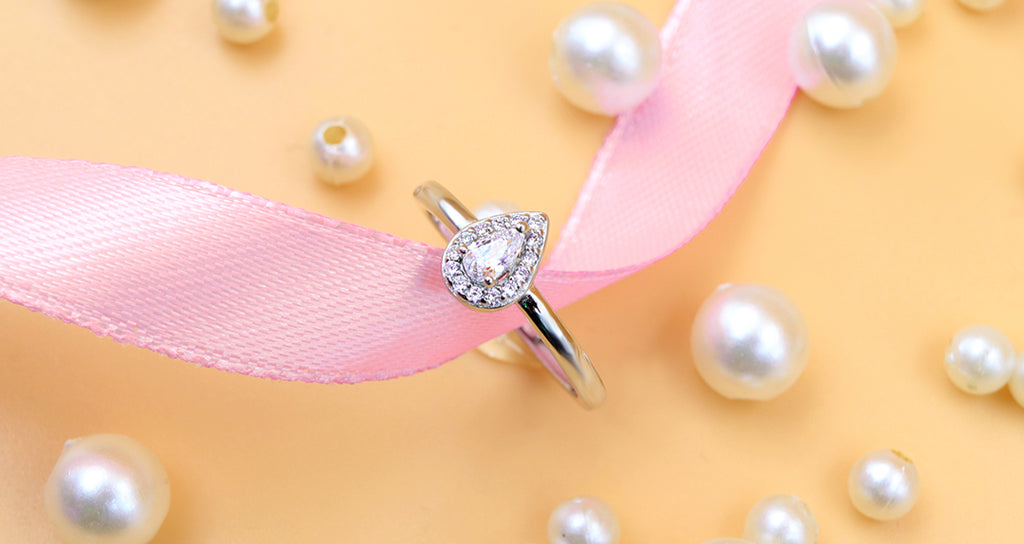Understanding the Different Types of Silver Alloys
Posted by ZARKAN JEWELLERY

Silver has been a popular choice for jewellery and other decorative items for centuries, and for good reason. Silver is a precious metal that is bright, shiny, and affordable, making it a great choice for those looking to add a touch of luxury to their lives. However, not all silver is created equal, and it is important to understand the different types of silver alloys that are available.
Sterling Silver
Sterling silver is the most common type of silver alloy used for jewellery and other decorative items. Sterling silver is made from 92.5% silver and 7.5% copper, and it is often marked with the letter “S” or “925” to indicate its purity. Sterling silver is a durable and affordable option that is popular for its bright, shiny appearance. However, because it contains copper, it may be more prone to tarnishing than other types of silver alloys.
You can find some of the most beautiful designs of sterling silver jewellery at Zarkan. Each piece of jewellery is hallmarked with 925 silver. The products come in premium packaging and with an authenticity certificate too.
Fine Silver
Fine silver is 99.9% pure silver and is often marked with the letter “F” or “999” to indicate its purity. Fine silver is the purest form of silver and is often used for high-end jewellery and other decorative items. However, because it is a soft metal, it may be more prone to scratches and dings than other types of silver alloys.
Britannia Silver
Britannia silver is made from 95.84% silver and 4.16% tin and is often marked with the letter “B” or “958” to indicate its purity. Britannia silver is a durable option that is popular for its bright, shiny appearance, and it is often used for high-end jewellery and other decorative items.
Coin Silver
Coin silver is made from 90% silver and 10% copper, and it is often marked with the letter “C” or “900” to indicate its purity. Coin silver is a less common type of silver alloy that is used for jewellery and other decorative items, but it is a durable and affordable option that is popular for its bright, shiny appearance.
German Silver
German silver is not a type of silver at all, but is actually a type of nickel alloy that is often used as a substitute for silver. German silver is made from nickel, copper, and zinc and has a bright, shiny appearance that resembles silver. However, it is not as durable as other types of silver alloys and may be more prone to scratches and dings.
In addition to these different types of silver alloys, there are also several different finishes that can be applied to silver to give it a unique appearance. For example, rhodium plating can be applied to sterling silver to give it a bright, white appearance, while an oxidised finish can be applied to give silver a dark, antique look.
Conclusion
In conclusion, understanding the different types of silver alloys is important for those looking to purchase jewellery or other decorative items made from silver. Each type of silver alloy has its own advantages and disadvantages, and it is important to choose the right type of silver for your needs based on your budget, style preferences, and the intended use of the item. Whether you choose sterling silver, fine silver, Britannia silver, coin silver, or German silver, it is important to do your research and make an informed decision to ensure that you are getting the best value for your money.

